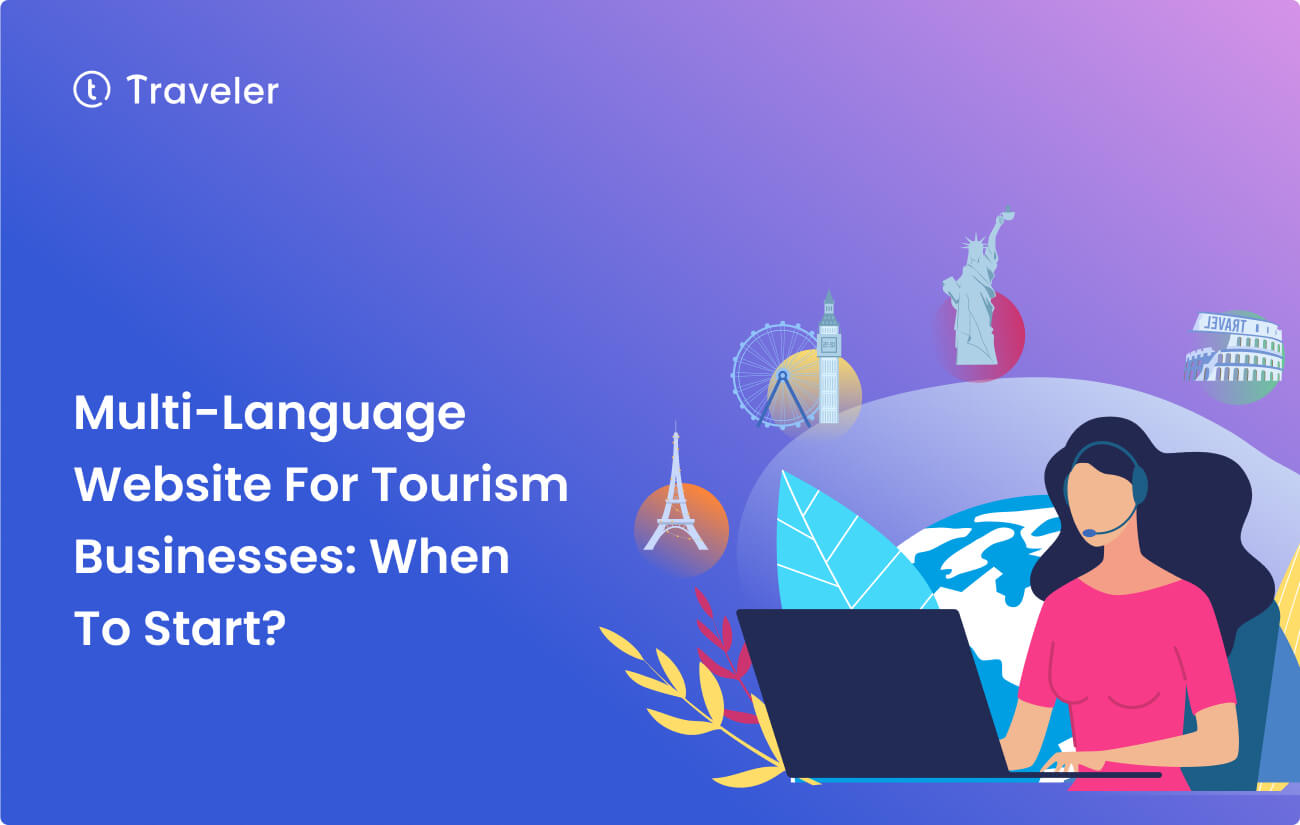
Table of Contents
In today’s global tourism industry, travelers seek new destinations and experiences online. As a tourism business, you will want to communicate effectively with them, regardless of their language.
A multi-language website can help you achieve just that. By offering your website in multiple languages, you can provide a seamless experience to potential customers. It will also make it easier for them to find the necessary information and ultimately book with you.
But when should you start implementing a multi-language website for your tourism business? The answer is as soon as possible. The earlier you start, the more time you have to refine and optimize your website contents.
It’s time to start thinking about a multi-language website for your tourism business. Ready to take the leap? Let’s dive in!
Benefits of Multi-Language Websites for Tourism Businesses
Having a multi-language website for your tourism business is essential. It will help you cater to the diverse language preferences of travelers, while also providing numerous benefits that can help grow your business. Some of the benefits of a multi-language website include:
Expanded Market Reach
A multi-language website allows you to reach more travelers from different countries who may not speak your website’s primary language. By catering to diverse language preferences, you’ll be able to attract and retain international customers, increasing your market reach.
Booking.com is a notable example of this benefit. This online travel agency offers its services in 43 different languages, catering to the diverse language preferences of its customers. This has been helping the company grow its market share and revenue.
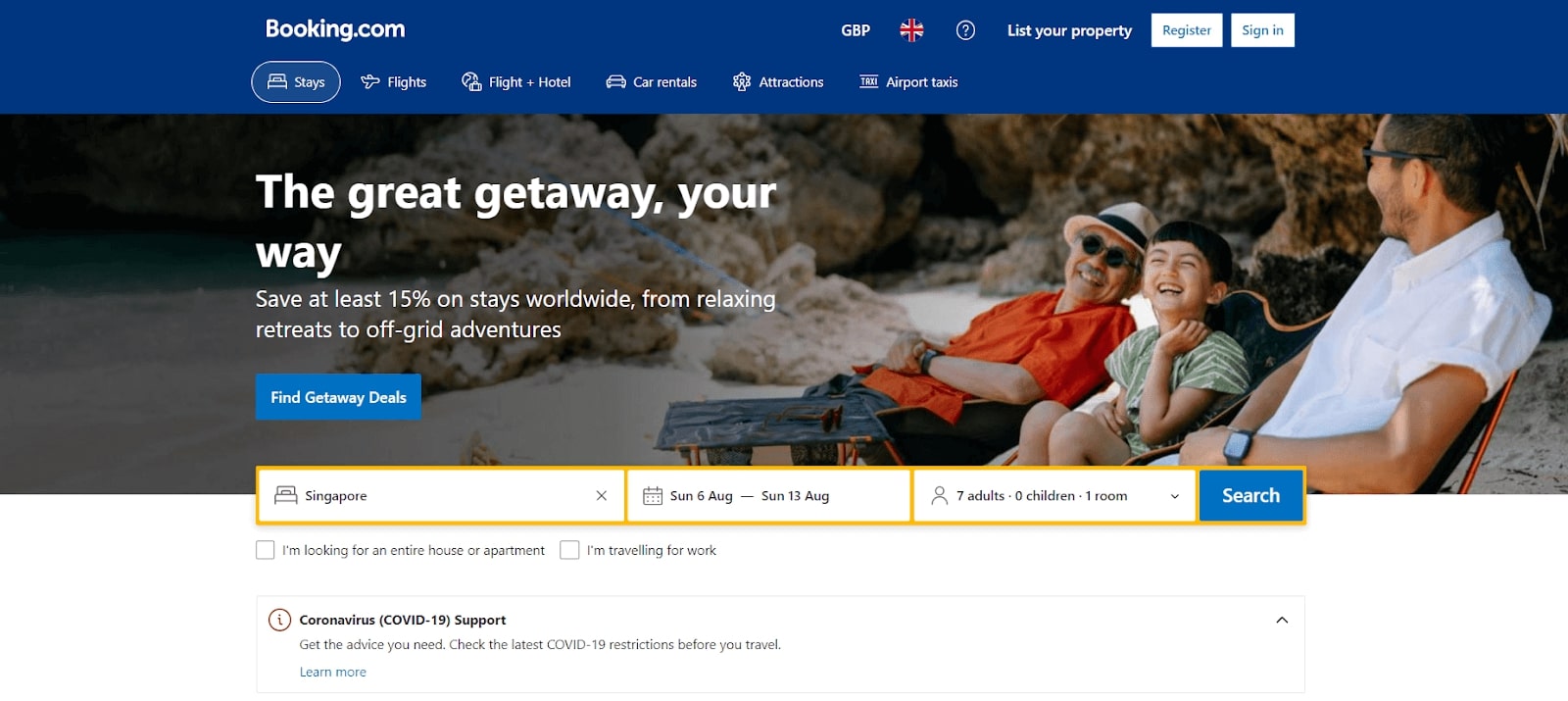
Improved Customer Experience
Customers can easily use your website and find the information they need if it has material in their preferred language. A website in more than one language shows that you care about your customers and are willing to meet their needs. This builds trust and loyalty.
Don’t just take our word for it; many businesses in the tourist industry have used websites with more than one language to great effect. For example, VisitBritain, which is Britain’s official tourism website, has information in seven different languages. This has led to a 40% rise in website traffic from countries where people don’t know English.
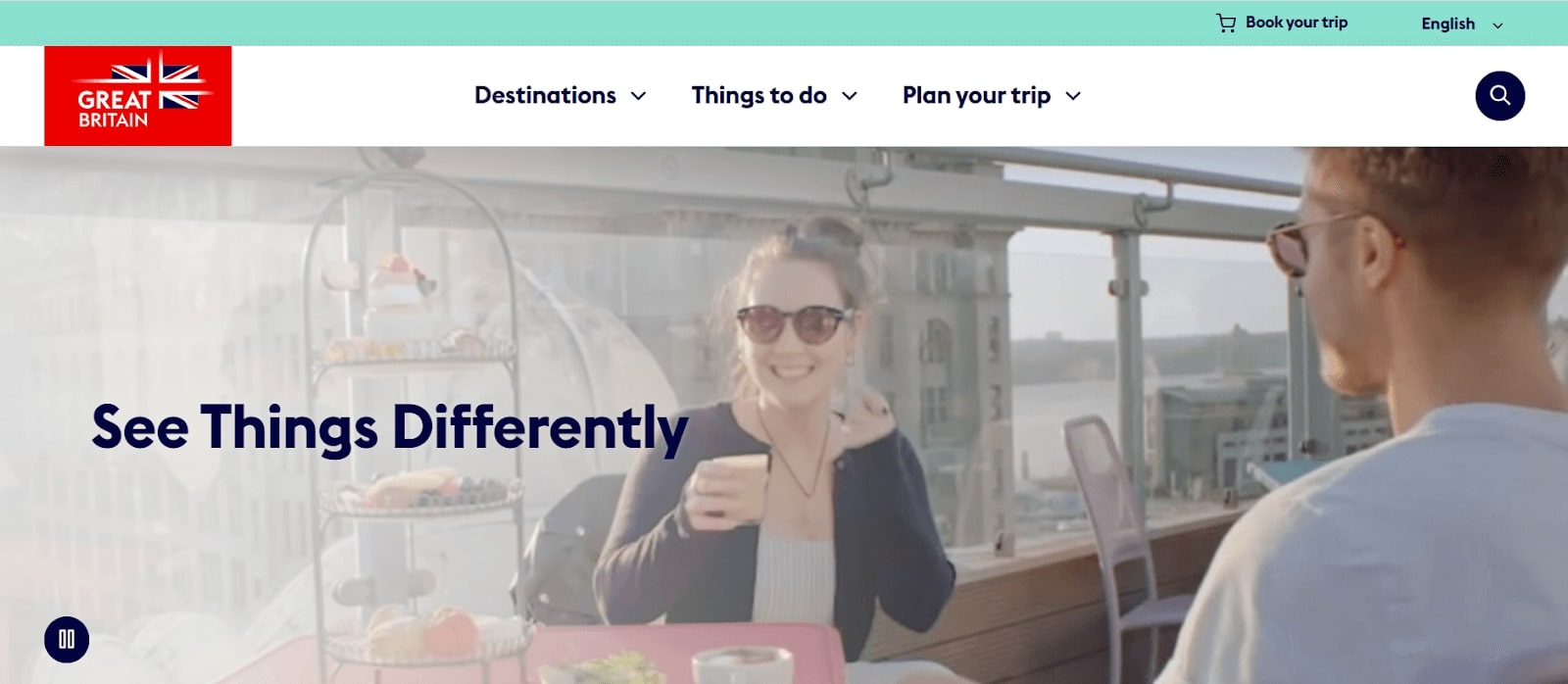
Increased Bookings
Your chances of turning website readers into paying customers go up if your website is in more than one language. By making the experience more personal, you’ll make it more likely that people will book with you instead of your rivals.
Intrepid Travel, a tour company based in Australia, has a website that is available in Spanish, French, German, Italian, and Portuguese, among other languages, to meet the needs of its growing foreign customer base. They also have a team whose only job is to help and grow in markets where people don’t know English.
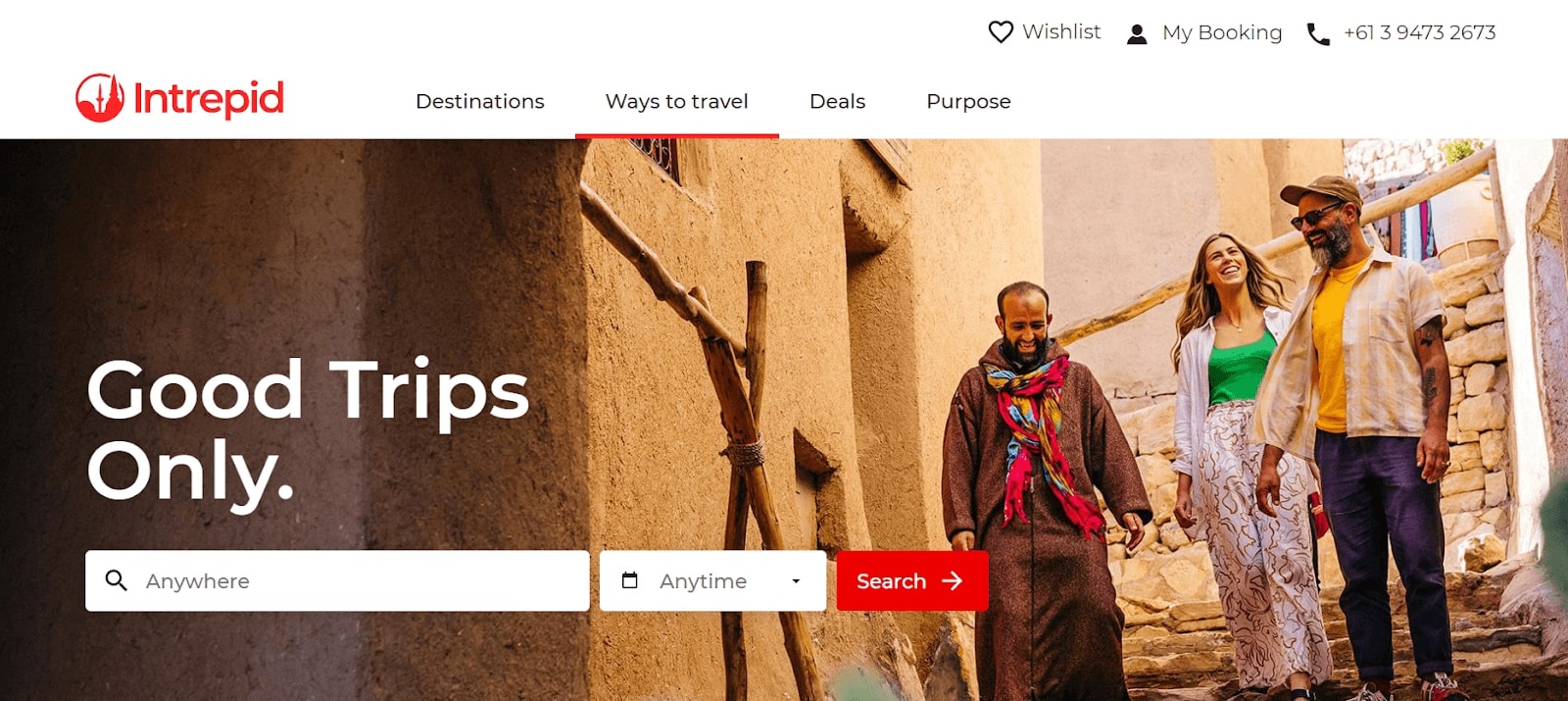
Factors to Start a Multi-Language Website
Now that you’ve known the benefits of having a multi-language website, it’s important to consider the factors when to start implementing one. Here are some key factors to consider:
1. Target Market: If your business caters to a specific market, it makes sense to prioritize that language. For example, if you maily serve Spanish-speaking travelers, offering a Spanish-language option on your website should be a higher priority than offering other languages.
2. Customer Demographics: Consider the language preferences of your customer base. Are they English-speaking, or do they come from various language backgrounds? By understanding your customer demographics, you can decide which languages to prioritize.
3. Business Goals: Your business goals can also influence when to implement a multi-language website. If you want to expand your market reach or increase bookings from international travelers, a multi-language website may be a top priority.
Real-world examples show that implementing a multi-language website can increase website traffic, customer satisfaction, and revenue growth. For instance, when the San Francisco Travel Association first launched its website in multiple languages, it saw a 54% increase in international visitors. Another example is the tour operator Trafalgar, which offers its website in multiple languages to cater to the needs of its diverse customer base. This resulted in increased customer satisfaction scores.
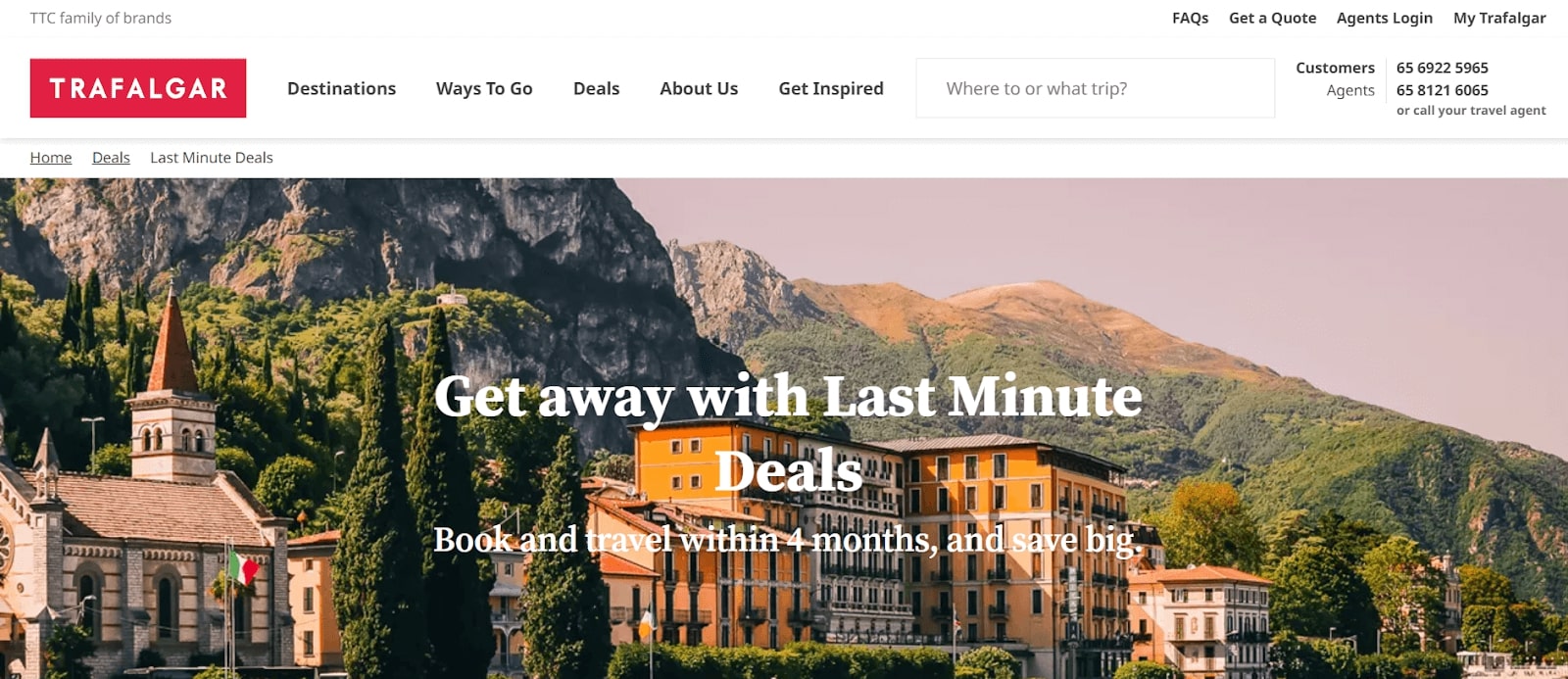
Challenges and Solutions
While the benefits of implementing multi-language websites are numerous, there are also several challenges to consider. Here are some of the most common challenges:
Language accuracy
One of the biggest challenges when implementing multi-language websites is ensuring that your translations are accurate and culturally appropriate. Poor translations can lead to confusion, frustration, and even offense among website visitors.
To solve this problem, you can consider hiring professional translation services that can help ensure accurate translations and avoid cultural missteps.
Here is an example to illustrate our point: Marriott International has a website in over 25 languages. They use professional translation services to ensure that each translation is accurate and culturally appropriate for each language and region.
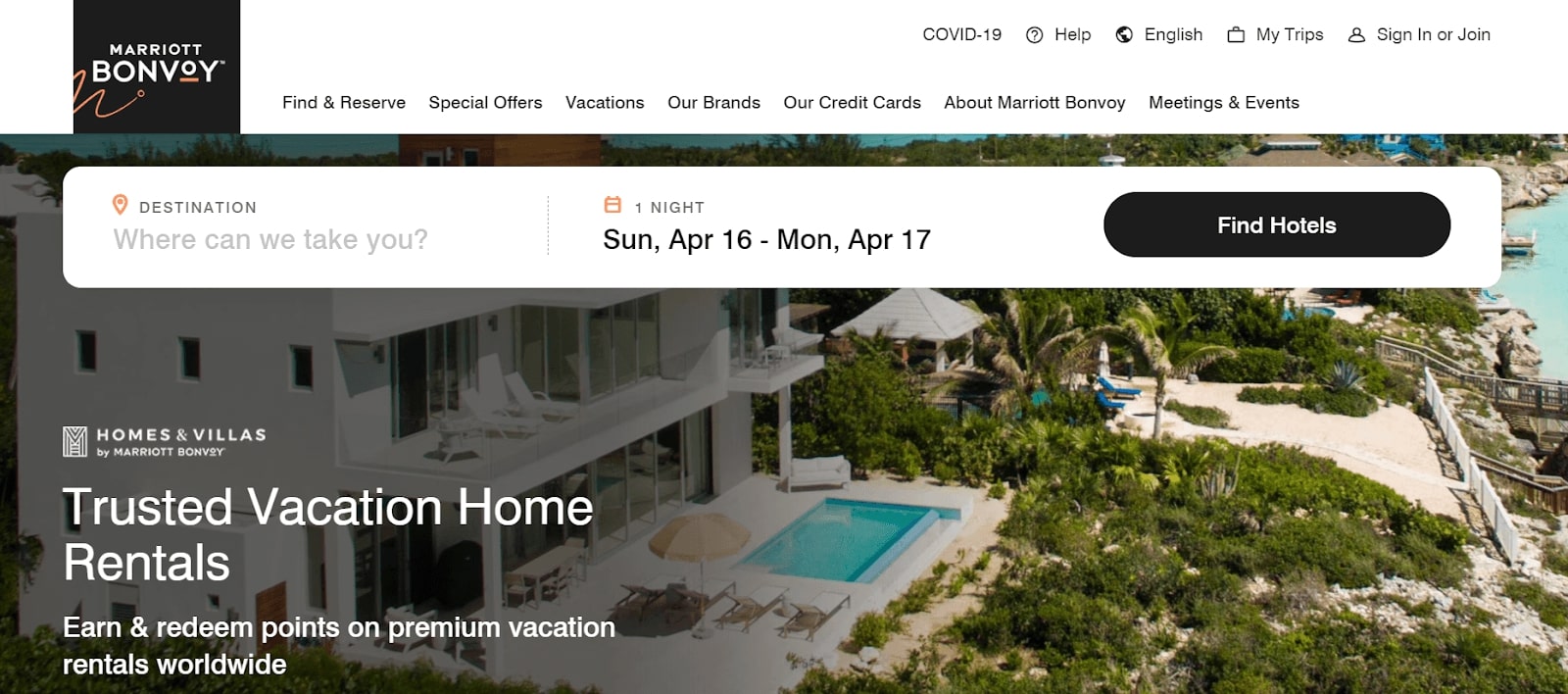
Cultural nuances
Different cultures have different customs, values, and expectations, which can affect how they perceive and interact with websites. These cultural nuances can lead to misunderstandings and a negative customer experience.
To solve this, you can consider localizing the website content and design to the target audience can help create a more personalized and engaging experience for visitors.
An example illustrates our point: Airbnb’s website features localized content and design for each target market, including customized photos, descriptions, and search filters to reflect local preferences and expectations.
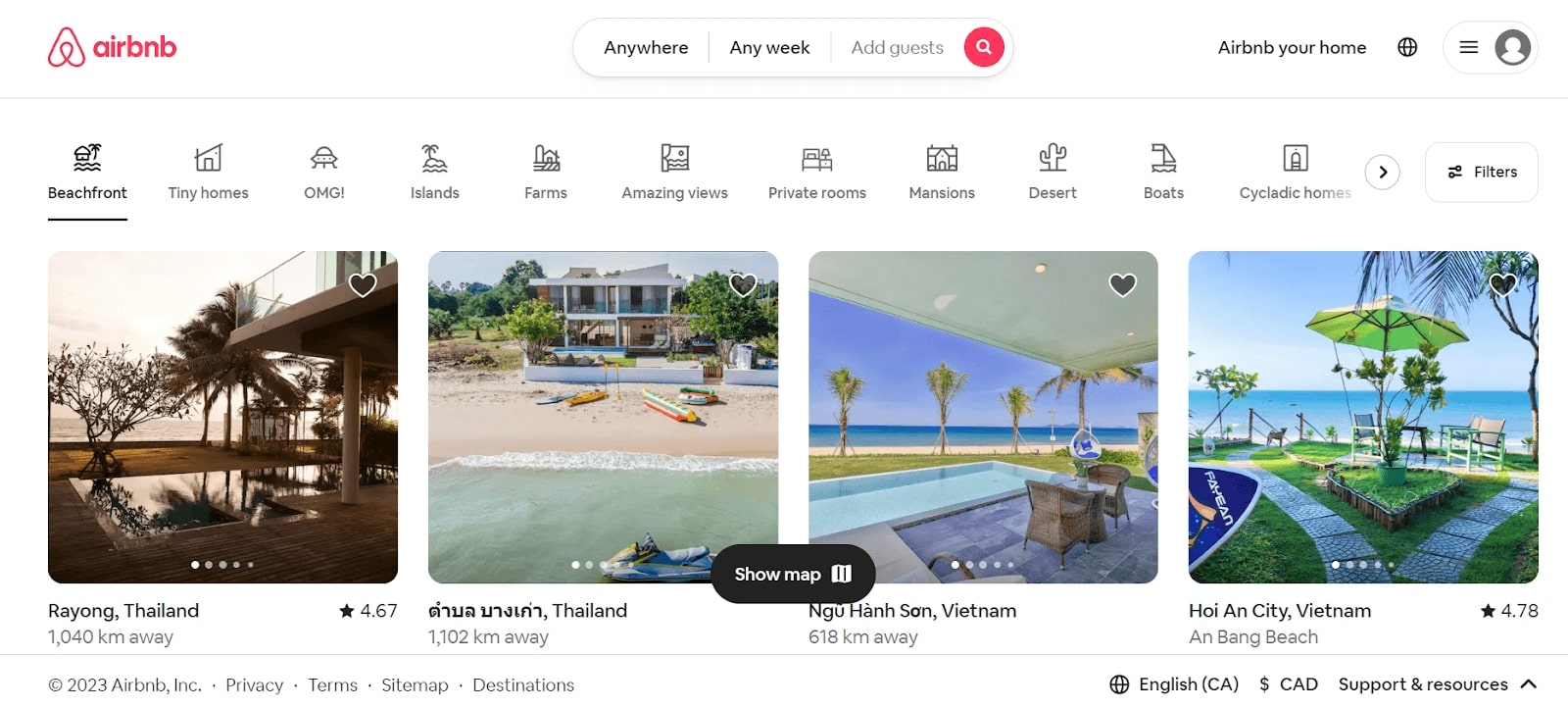
Technical considerations
Implementing multi-language websites can also pose technical challenges, such as website architecture, content management, and search engine optimization.
To solve this, consider working with web developers who have experience in multi-language website design and development. They can help address these technical challenges and ensure a smooth user experience.
Here is an example to illustrate our point: We want to mention the case of Booking.com. They has a website in over 40 languages. They work with a team of developers and language specialists to manage the website’s technical and linguistic aspects.
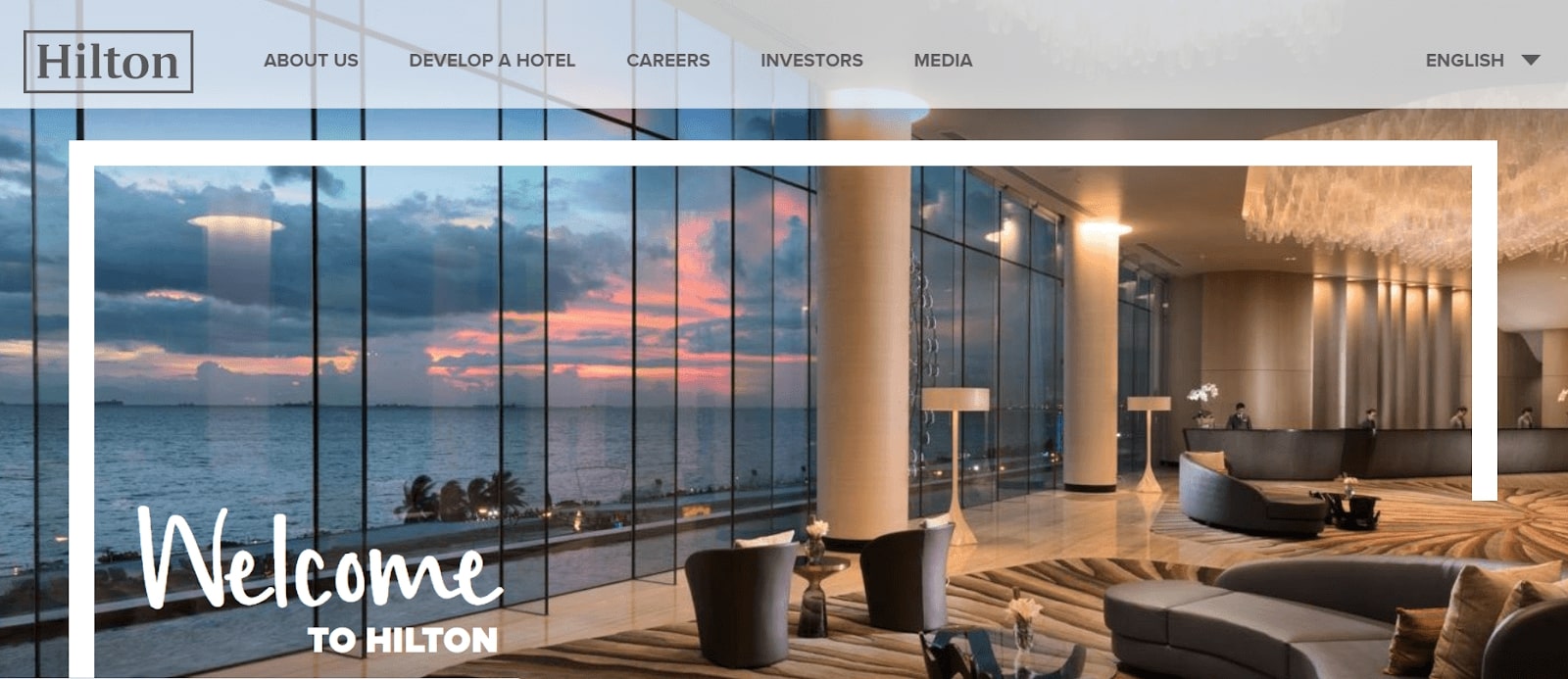
Best Practices
Implementing multi-language websites takes work. Still, the right strategies can lead to significant growth and success. Here are some best practices for implementing a multi-language website
1. Thorough language research: You should conduct thorough research to determine which languages are most important to their target audience. This research can help you understand which languages to prioritize and what content to create.
For example, Airbnb conducted extensive research on the languages their international guests prefer and now offers their platform in 62 languages. This has increased bookings from non-English speaking countries and improved customer satisfaction.
2. Professional translation services: To ensure language accuracy, you should use professional translation services. Machine translations may not 100% be accurate, and mistakes can lead to customer confusion and frustration. Professional translation services can help ensure the translated content is accurate and culturally appropriate.
For example, Hilton hired a team of professional translators to ensure their website content was accurately translated and localized for their target markets. As a result, they observed an increase in their online bookings and revenue.
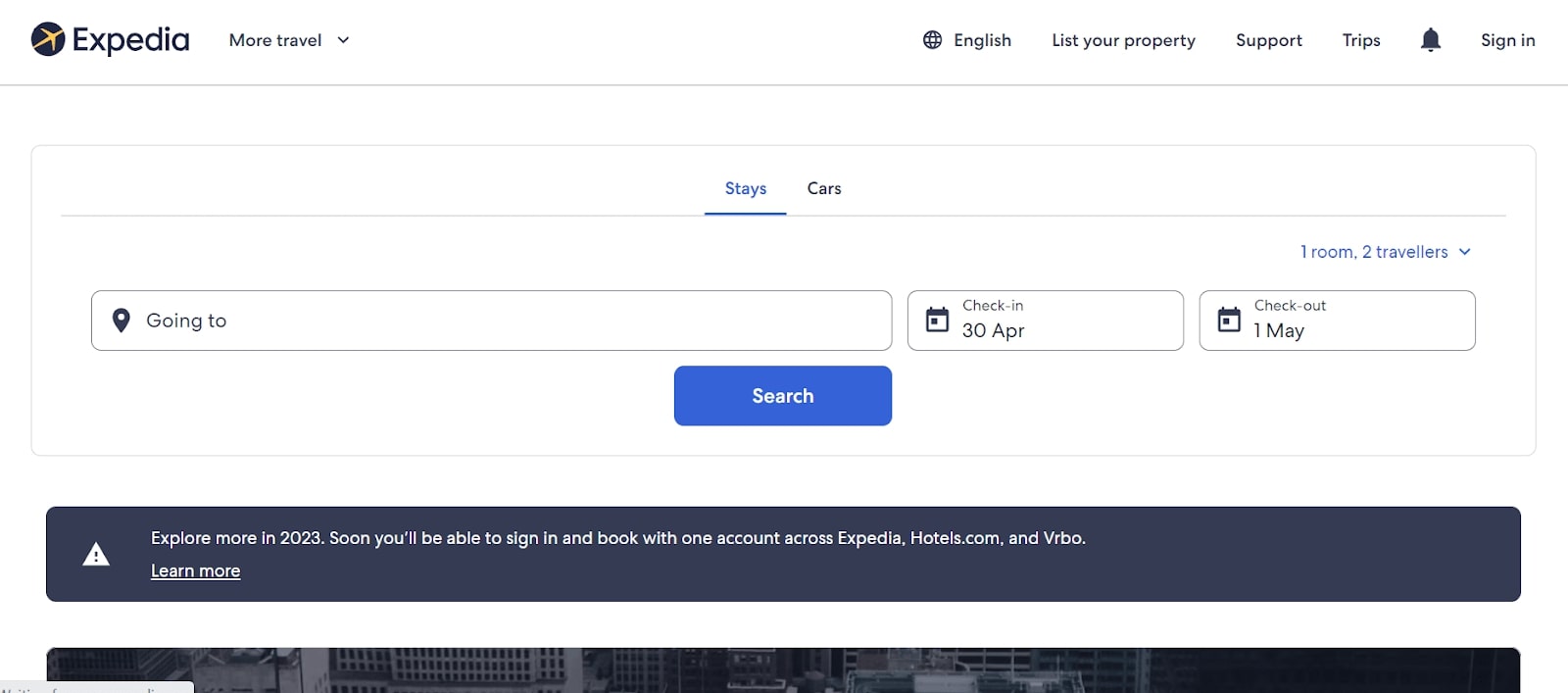
3. User-friendly language switch options: A user-friendly language switch option is essential for a good user experience. This switch option should be easy to find and use.
Booking.com, for example, offers a user-friendly language switch option on its homepage, allowing easy switching between languages. This resulted in increased traffic and bookings from non-English-speaking countries.
4. Localized content: You should consider localizing their content to cater to the cultural nuances of their target audience. This means more than just translating the text. It also includes adapting the website’s imagery, colors, and design elements to appeal to the local market.
Expedia offers localized content on its website, including targeted promotions and recommendations for each country. This has resulted in increased engagement and bookings from their international customers.
Go global with our multi-language website for tourism! Upgrade to the Travelerwp WordPress premium theme and reach a wider audience. Unleash your business’s potential today!
Conclusion
Having a website that works in more than one language can help your tourist business in many ways, such as reaching more customers, giving them a better experience, and getting more bookings.
But you should think about a few things before picking when to start your website that speaks more than one language. Language accuracy, cultural differences, and technology issues can also be problems, but there are good ways to deal with them.
To successfully meet the needs of people with different language preferences, you should follow best practices, such as doing thorough study on languages, making it easy for people to switch languages, and localizing content. By using these tactics, you can reach new markets, make customers happier, and increase your sales.
As the tourism business around the world becomes more diverse, now is the time to act and cater to your audience’s language preferences. Start your path to success right now!
